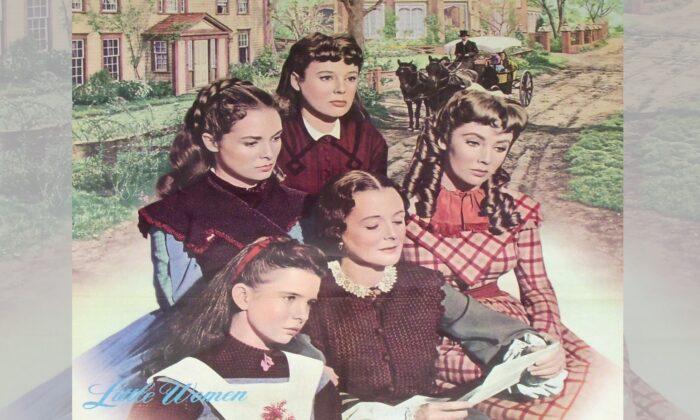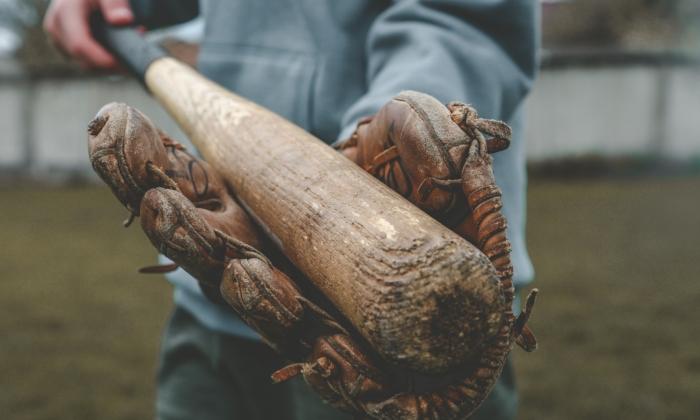“Little Women” by Louisa May Alcott is one of the most beloved novels of all time. To date, it has been adapted into seven major motion pictures.
The first two were silent films, released in 1917 and 1918, which are both considered lost. The third film but first talkie was a 1933 Columbia picture, directed by George Cukor. The next was a 1949 MGM film, produced and directed by Mervyn LeRoy. The subsequent version would not be made until 1994, and it was another Columbia Picture, directed by Gillian Armstrong. There was another separation until the next movie, a modern retelling from 2018 directed by Clare Niedenpruem. The very next year brought the release of the final version to date, a Sony production written and directed by Greta Gertwig.
I watched the 1949 “Little Women” at the Turner Classic Movie Film Festival in April. During the introduction, film historian Randy Haberkamp talked about how popular the story is as a movie topic. He said that someone should write a thesis about all the different movie versions of “Little Women” which have been made. I accepted that challenge and made a comprehensive study of the five existing film adaptations. Watching all five is a draining undertaking, so I’ve compiled my findings in this article for you to decide which suits your taste without having to screen them all.
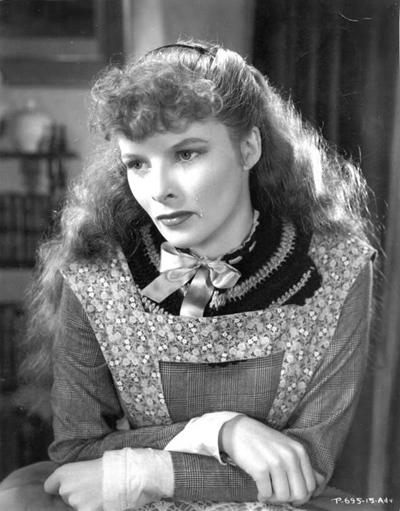
Casting the Characters
Jo March is the lead character, based on Louisa May Alcott herself. She is 15 years old when the book begins, and the story spans ten years of her life. In 1933, 26-year-old Katharine Hepburn, in only her second year in Hollywood, looks very young compared to her later film appearances, although ten years too old for the part. She tries very hard to adopt Jo’s tomboyishness at the beginning of the film, but the affected low voice and unfeminine mannerisms struck me as too much when combined with her own feminism.The 1949 film’s Jo, June Allyson, was the oldest actress to play the role at age 31, but audiences were used to seeing June as a youthful girl next door. Although she usually was very feminine in her movies, she embraced an unlikely tomboy nature for the role. Winona Ryder was the youngest actress to play the role at age 22 in 1994. Her characterization gives Jo a harsher attitude with more friction toward her sisters.
The 2018 film is the only one to feature a younger version of Jo, with then-adolescent Aimee Lynne Johnson—countering teenage and young adult Jo, played by 23-year-old Sarah Davenport. As a 21st-century woman instead of a Victorian girl, the 2018 Jo has few social restrictions to fight, so the acid-witted, extremely strong-willed writer is a bitter feminist instead of a tomboyish young lady. The 2019 Jo, 24-year-old Saoirse Ronan, is less sarcastic than the two who preceded her, but she has an aggressive personality and a bad temper. Like the whole film, her dialogue emphasizes the drudgery of Victorian womanhood.
Meg is the oldest sister in the story, beginning at age 16 in the book. Played by Frances Dee in 1933, Janet Leigh in 1949, Trini Alvarado in 1994, Melanie Stone in 2018, and Emma Watson in 2019, Meg’s main aspiration is to be a wife and mother, although the 1933 and 2018 versions placed less emphasis on her early desire for wealth and social position; 2019 hinted that she wanted to be an actress.
Beth is the third sister in the book, starting at age 13. Played by Jean Parker in 1933, Margaret O’Brien in 1949, Claire Danes in 1994, Allie Jennings in 2018, and Eliza Scanlen in 2019, Beth, the most consistent character across all five films, is the frail sister who enjoys playing the piano but has no desire to leave the family home; the 1949 made Beth the youngest sister so child star O’Brien could play the role.
Amy is the youngest sister in the book, beginning at age 12. Played by Joan Bennet in 1933, Elizabeth Taylor in 1949, Kirsten Dunst as a child and Samantha Mathis as a grown woman in 1994, Elise Jones as a child and Taylor Murphy as a woman in 2018, and Florence Pugh in 2019, Amy is a frivolous, vain girl who enjoys materialistic pleasures in childhood and becomes an accomplished painter. The only sister who goes to school, she is the youngest in all but the 1949 movie.
The 2018 film was the only movie to feature separate actresses to play Jo, Meg, and Beth as children, including flashbacks to their earlier years. Surprisingly, the 2019 returned to the technique of using a grown woman made up as a little girl to play Amy the whole time, which was utilized in the 1933 and 1949 films.
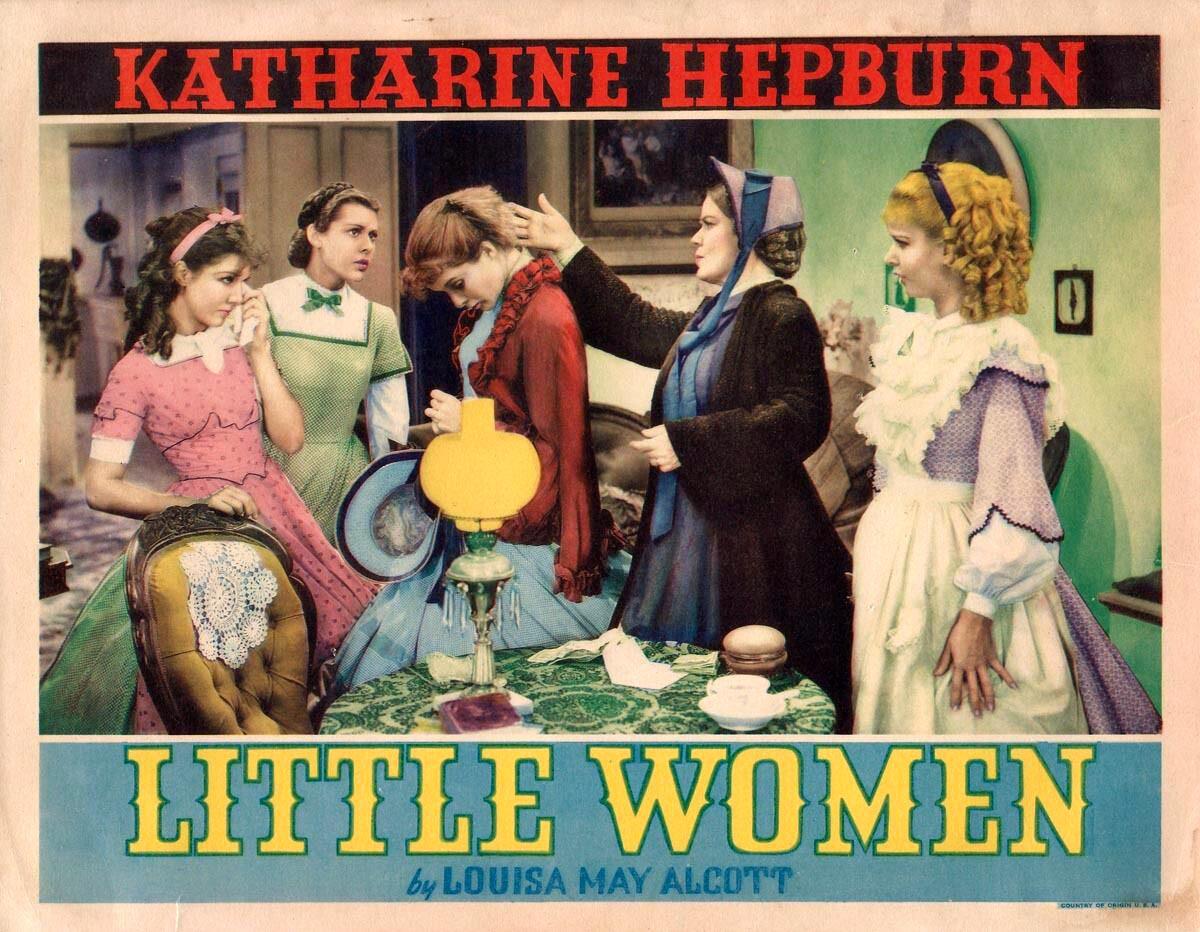
Marmee March, the girls’ mother, is a pillar of strength while her husband fights in the Civil War in every film. The first two actresses, Spring Byington (1933) and Mary Astor (1949), are more convincing as Victorian women because of their old-fashioned manners, which isn’t surprising considering that Byington was born in 1886 and Mary Astor in 1906. Ironically, the mother in the 2018 updated retelling, Lea Thompson, acts like a more old-fashioned wife than both Susan Sarandon (1994), who struck me as too distant from the girls, and Laura Dern (2019), who was very much a modern woman.
Same Story, Different Chapters
Like most movie adaptions of famous books, each “Little Women” film includes different elements of the book in its telling. The two latest versions are the most creative in their formats, since both start when the girls are older and tell the story through flashbacks. This worked more for me in the 2018 film, since the use of younger actresses in some scenes, plus costuming, locations, and specific dialogue, helped avoid the confusion which the 2019’s non-linear storyline caused. Both being from Hollywood’s Golden Era, the first two talkies made many similar choices regarding plot points. For instance, both movies eliminated Amy’s burning Jo’s journal, a disturbing scene in the other three films which I felt was given the most motivation in the 2018. Instead, the two earlier movies highlighted the loving relationship between the sisters, while the three later films focused on sibling friction and rivalry, especially between Jo and Amy.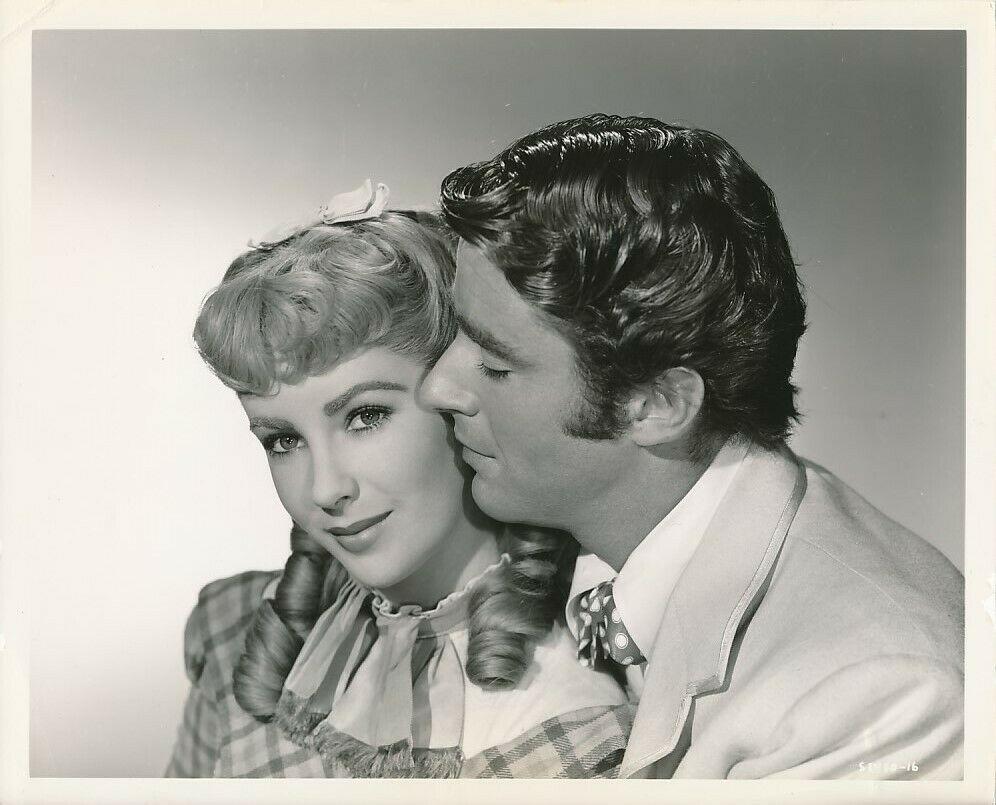
The 1933 film is the only movie to show the sisters putting on Jo’s play for neighborhood friends. The 1949 version makes the biggest point of the girls spending their Christmas money on gifts for their mother. The 1994 film included the Marches’ involvement in the transcendental movement, a fact which wasn’t included in the book but was drawn from the authoress’s real family. The 2019 film included Jo’s interactions with the editor who publishes her sensationalist early stories.
In the book, Laurie proposes marriage to Jo after she has gone to New York and met Professor Bhaer, yet every film has Laurie propose before she leaves. After his unsuccessful proposal, which is depicted similarly in each movie, Laurie goes to Europe with his grandfather, having told Jo he’s going “to the devil.” In the 1994 and 2019 films, he makes good on the promise, since he is shown drinking and cavorting with women in Europe. This disturbingly dark period for Laurie is not from the book, in which Amy finds him gloomy and idle but not alcoholic.
The marriage between Laurie and Amy is very surprising in some films. The 1949 and the 2018 are the only ones which don’t show the pair in Europe at all, since even the 1933 features one scene when they sorrowfully reunite after Beth’s death. Apparently later filmmakers found the sudden announcement of their marriage too abrupt, so they built their romance earlier. In an added scene in 1994, Laurie comforts 12-year-old Amy’s fears that she will never live to experience romance by promising to kiss her before she dies. The 2018 copied this fabricated interaction, but the 2019 merely had Amy say she’d been in love with Laurie her whole life.
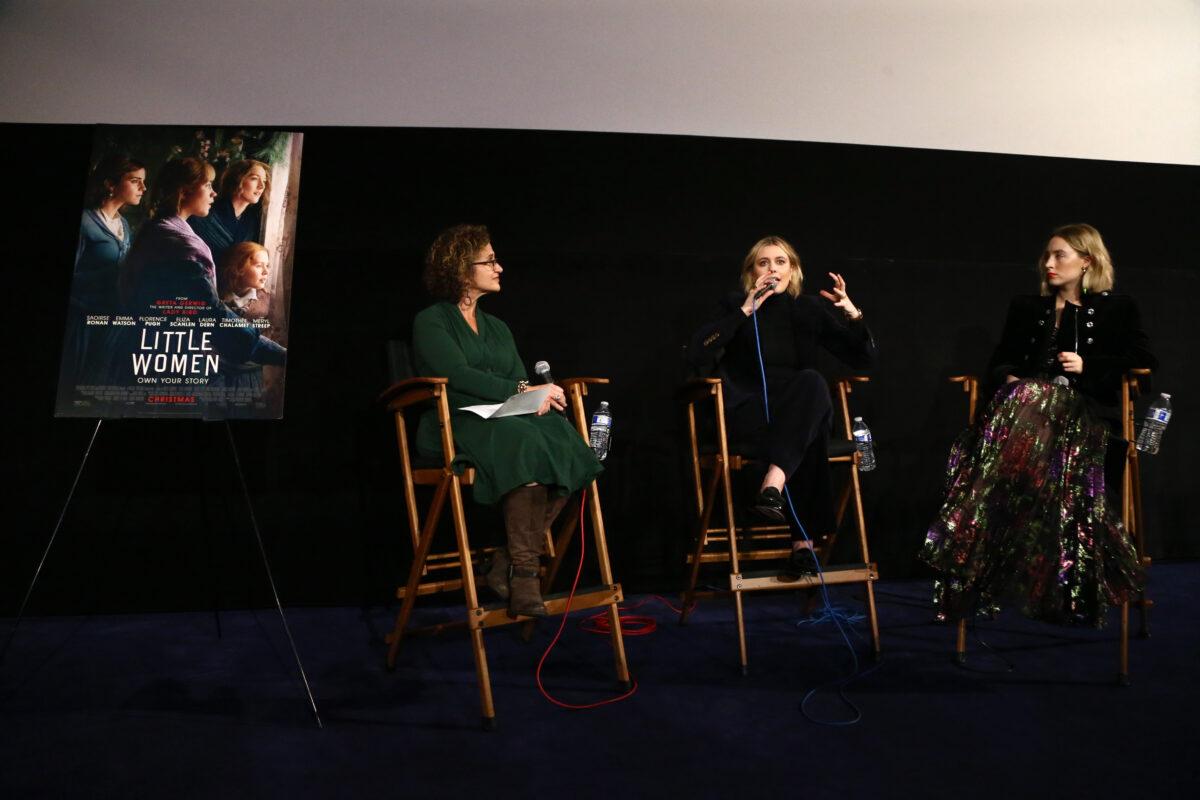
The 2019 movie focused on women’s place in the Victorian Era, highlighting the limited female career options. It’s true that Louisa May Alcott was a suffragist and a challenger of conventions, which the character Jo reflects, but the latest film has the flavor of 21st-century feminism. Only in this retelling does Mrs. March seem unsatisfied with her life; Laura Dern’s Marmee seems to feel like she settled by marrying Mr. March. She also speaks disrespectfully to him, as no Victorian wife would have dared. Her daughters share her feminine discontentment. It is implied in this film that Meg, whose only usual aspirations besides being a wife and mother are to be wealthy, wants to be an actress but feels constrained by societal norms—she seems discontent and haggard after a few years of marriage. Amy, heeding Aunt March’s warning to make a profitable marriage, delivers the most dismal dissertation on 19th-century marriage, making it seem like a form of serfdom and inescapable drudgery for all women. Jo, who usually just values personal freedom above everything else, tearfully bemoans society’s restriction of women to love and marriage.
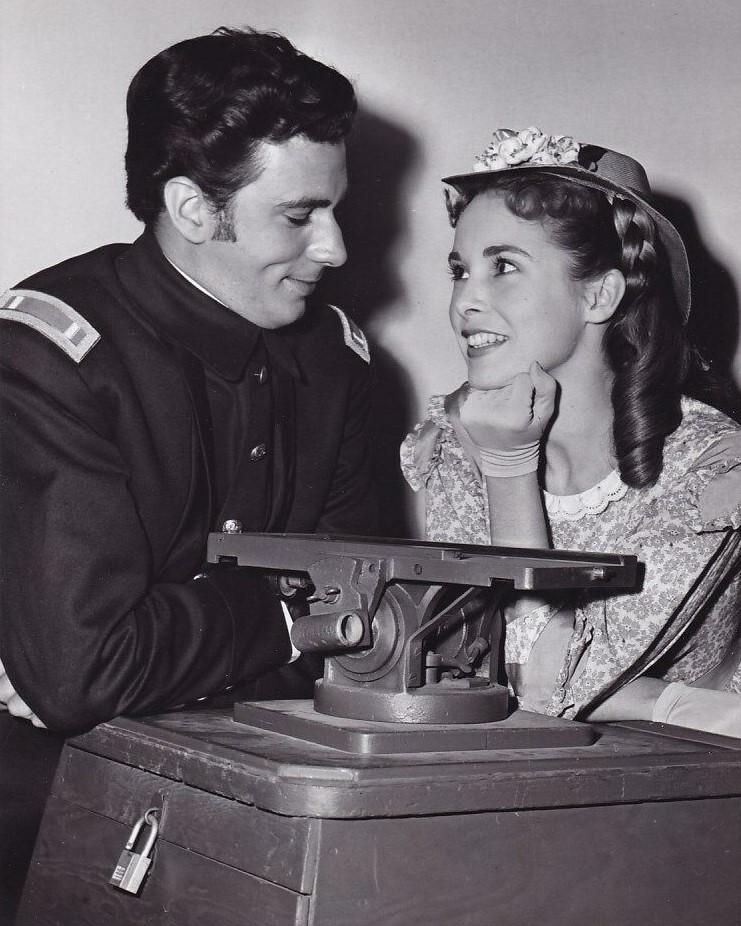
My Conclusion
While this is far from an exhaustive study of the films that have brought “Little Women” to life on the screen, and there still is much more to discover and say about their differences, similarities, and general qualities, I’ll try to summarize my findings.The 1933 film was highly successful because it gave people something they desperately wanted during Hollywood’s intensely modern and risqué Pre-Code Era: old-fashioned American values. Like some early 1930s films, the acting of its performers is, at times, stinted or theatrical. The 1949 could be considered a remake of the 1933, since it adapted many of the same elements from the book and even reused Max Steiner’s theme for the earlier film. It truly has an all-star cast, with each sister already a huge star or soon to be a major celebrity, yet all the performers are remarkably well-suited to their roles.
The 1994 is one of the best-known versions of the story, including many often-omitted elements from the book. Like the 1933, it started practices which would be repeated in later movies. The 2018 is the most unique version because of its 21st-century setting, and it is the only one whose sisters are played by relative unknowns. It included all the book’s important elements, cleverly updating them to the modern era without losing the spirit of the characters and relationships. The 2019 incorporated elements from every preceding adaptation yet intentionally added modern themes never previously included in the story. It featured many big names and a lavish budget, but it strove to provide social commentary rather than warm audiences’ hearts.
The 2019 was my least favorite of the five films, since I found the historic details inaccurate, the acting unconvincing, the actors miscast, and the overwhelming feminist message obnoxious. However, I liked Saoirse Ronan’s Jo, because she seemed youthful and less abrasive than some. The 1994 comes next, since I found it slow at the beginning, lacking in warmth, and somewhat forgettable. Although it picked up later in the story, I found the three older March sisters too similar in appearance and performance, and the overall acting had a distinctly 1990s quality which ruined the historic illusion.
I’m torn between placing the 2018 and the 1933 in third place, since I was surprised by how much I liked the modern retelling. I wasn’t bothered by historical inaccuracy, as with other versions, since it was unashamedly modern. The characters and relationships are very genuine and moving, and the performances seem real, not like acting. In contrast, I was surprised by how little I liked the 1933, since it includes Old Hollywood charm and famous classic actors. However, it is a pre-Code film—although it lacked risqué content, the general tone reveals a certain coldness and darkness which characterized the genre.
My favorite film remains the first I saw, the 1949 version, which is the only one to capture Victorian sensibilities, because they were honored during the era when it was made. It’s warm, wholesome, and free from superfluous messages, truly honoring the book’s original spirit with a magnificent cast.
Have you seen any of these movies? Which is your favorite?
